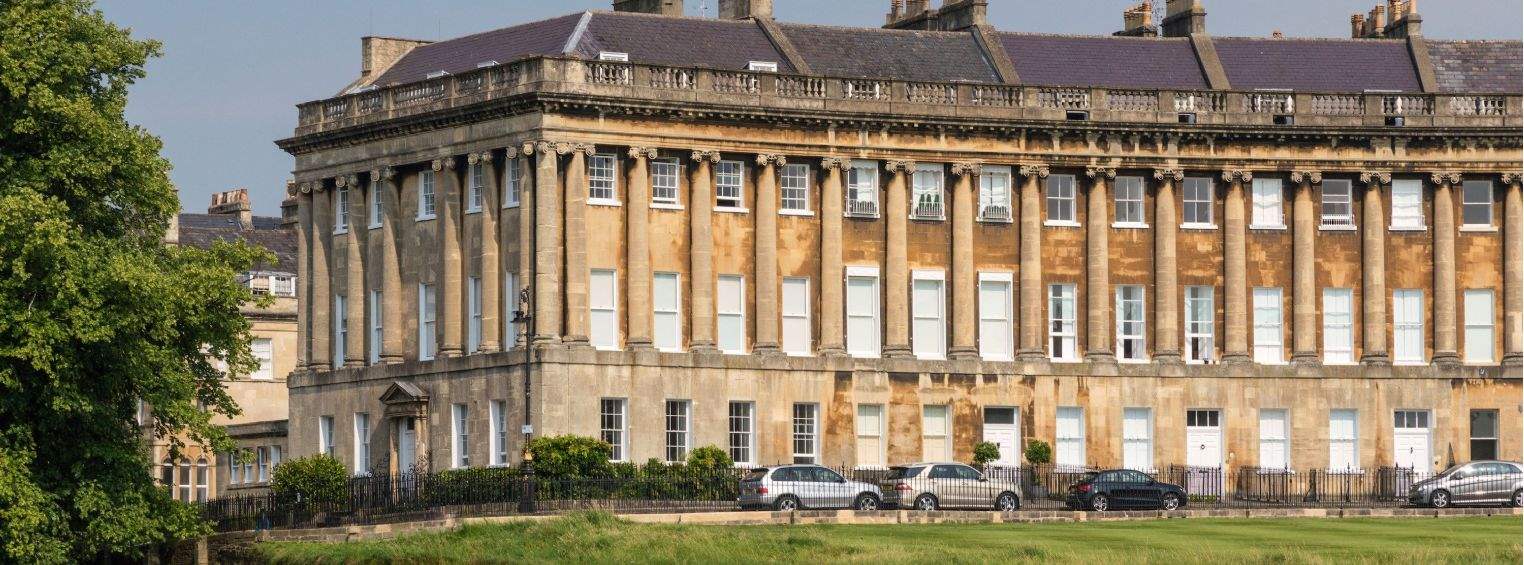A Conservation Area is an area deemed to possess special architectural or historic interest in order to officially recognise, preserve or enhance the character and appearance of the area.
There are currently over 10,000 Conservation Areas in England. Unlike other designated heritage assets such as Listed buildings or Scheduled Monuments, a Conservation Area is defined at a local level by the local planning authority.
Every local authority in England contains at least one Conservation Area and they can range in size from 1,000 sq m, containing two buildings, to 71 sq km, containing around 1,000 traditional farm buildings. The largest Conservation Area in England is Swaledale and Arkengarthdale, located in the Yorkshire Dales National Park.
While many Conservation Areas are located in rural areas, they are certainly not restricted to the countryside – around 40 per cent are located in urban areas, including in city centres. Joined together, England’s Conservation Areas would be larger than Luxembourg.
What does it mean to live in a Conservation Area?
A building located within a Conservation Area receives greater protection in planning policy than those outside it. This may involve the requirement of planning permission for its demolition and for any development to be sympathetic to the character and appearance of the Conservation Area. Development to other features, including landscape, trees and public spaces, is also subject to increased protection.
Further restrictions may be applied through the use of an Article 4 direction, which restricts permitted development rights on certain buildings within a Conservation Area.
In addition, when a proposed development which is in excess of 1,000 sq m may affect the character or appearance of a Conservation Area, the local authority is obliged to consult Historic England and take its response into consideration prior to making a decision on whether to grant the planning application.
Undertaking works within a Conservation Area without the required permission may be a criminal offence and can result in two years' imprisonment or an unlimited fine.
It’s also important to note that the boundaries of a Conservation Area are subject to review and amendment by the local authority, so it is best to always check if any development you seek may fall within a Conservation Area.
Is a Conservation Area just about preserving buildings of interest?
The special character of a Conservation Area is not only derived from its buildings. The historic layout of roads and boundaries, the quality of the public realm, and a place’s use and associations will all contribute to the special interest of a Conservation Area.
Local authorities will often produce Conservation Area Appraisals which will define the development, character and special interest of a Conservation Area, or identify sub-areas which possess differing characters.
Will being in a Conservation Area increase the value of my property?
Some people may see the designation of a Conservation Area as introducing additional bureaucracy when undertaking building and development works. However, three quarters of estate agents consider that being located in a well-maintained Conservation Area will add value to your house, and, in like for like terms, carries a premium of 9 per cent.
The feeling of community and ‘place’ which being in a Conservation Area can provide and the recognition and protection of the historic environment around us is a positive effect for both inhabitants and visitors.
Further information
Contact Savills Heritage Planning
Read more: In plain English: Listed Building









.jpg)
.jpg)